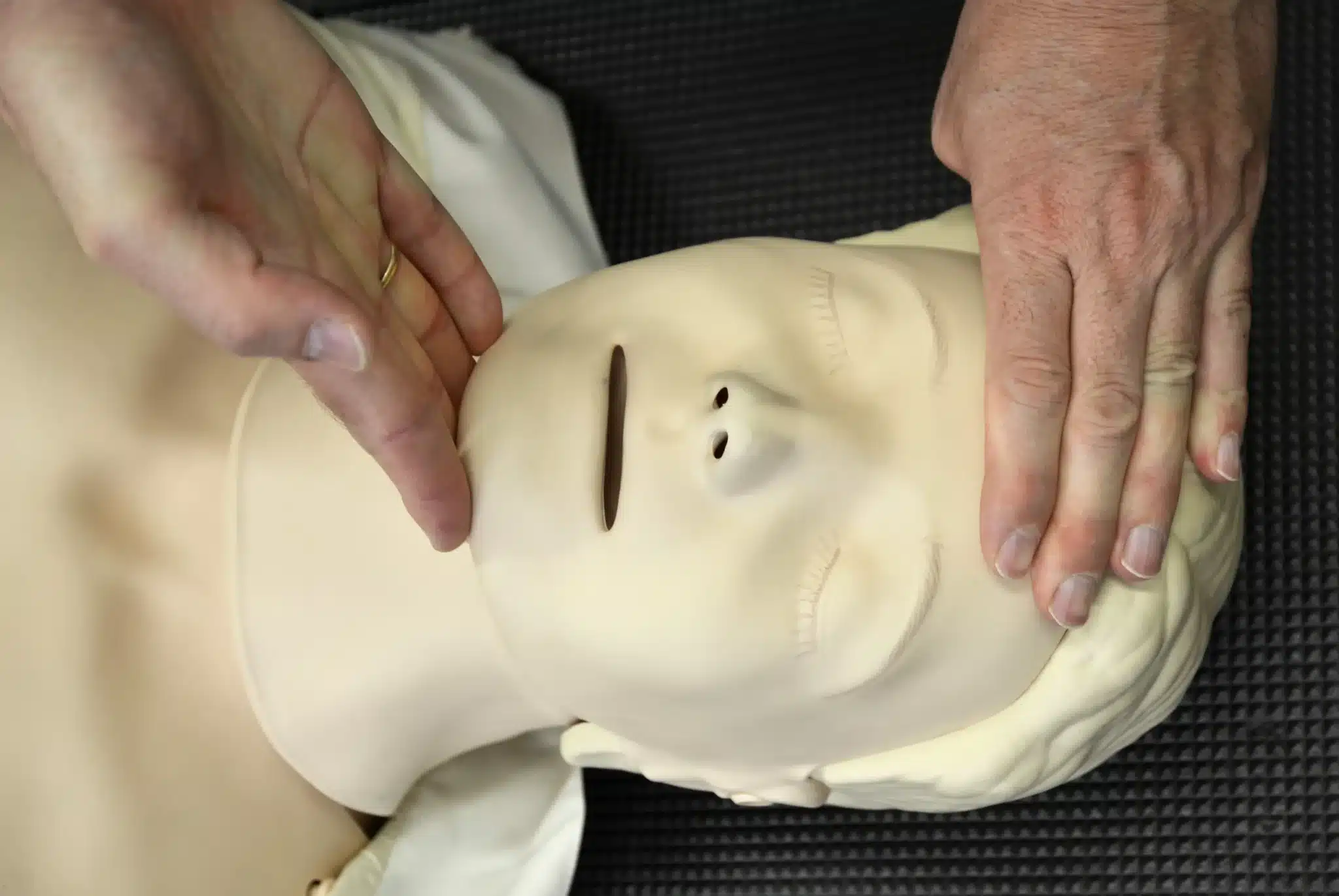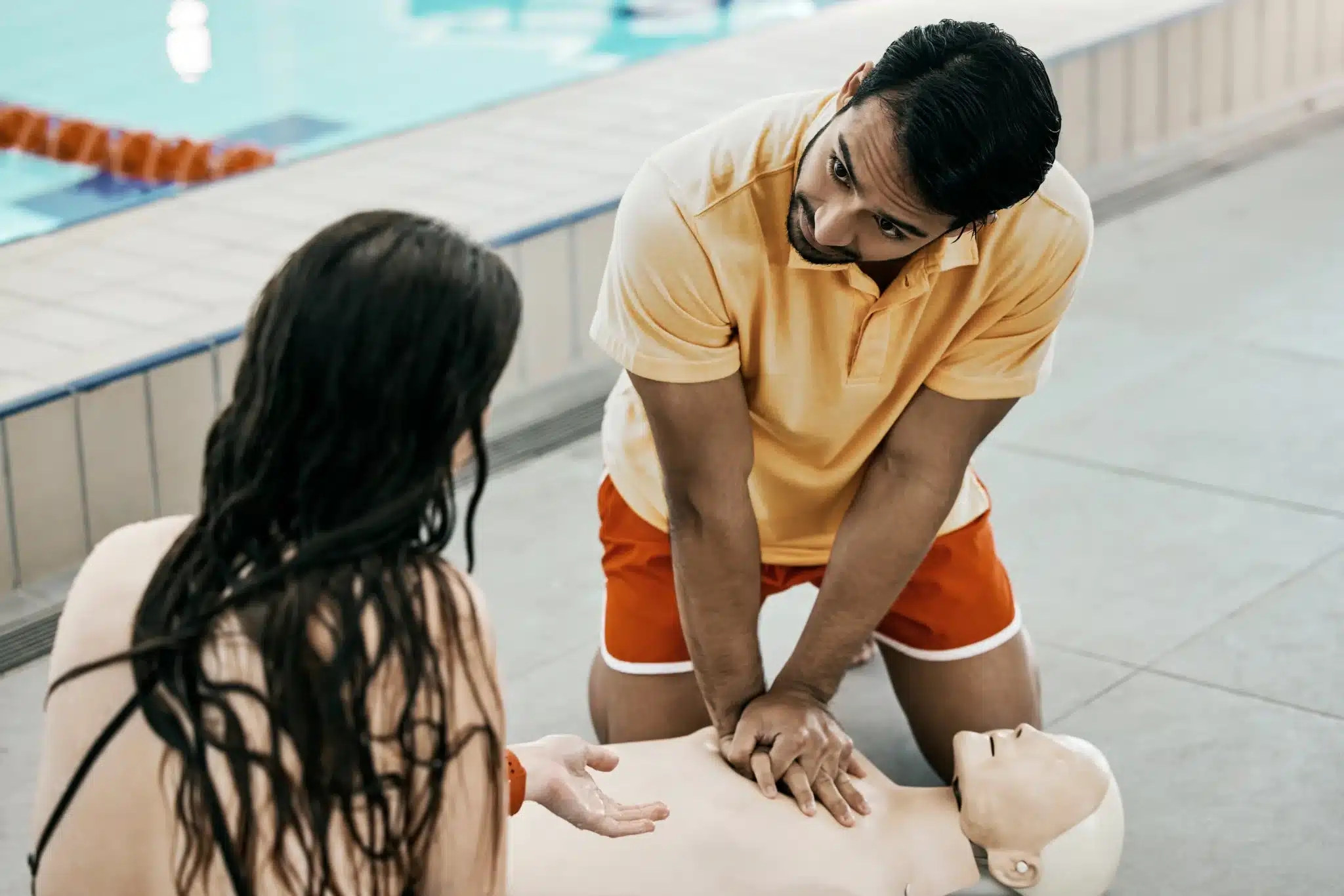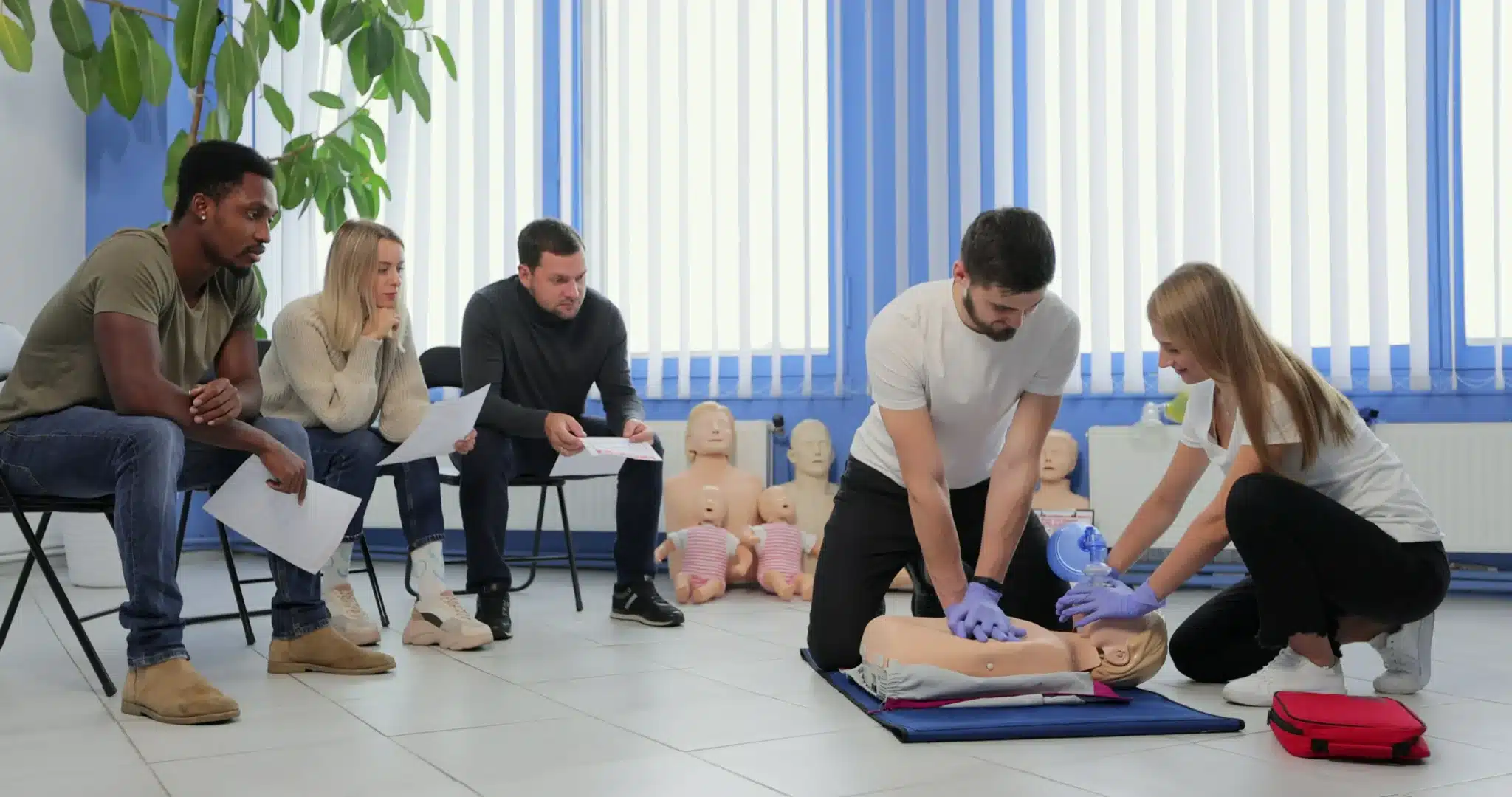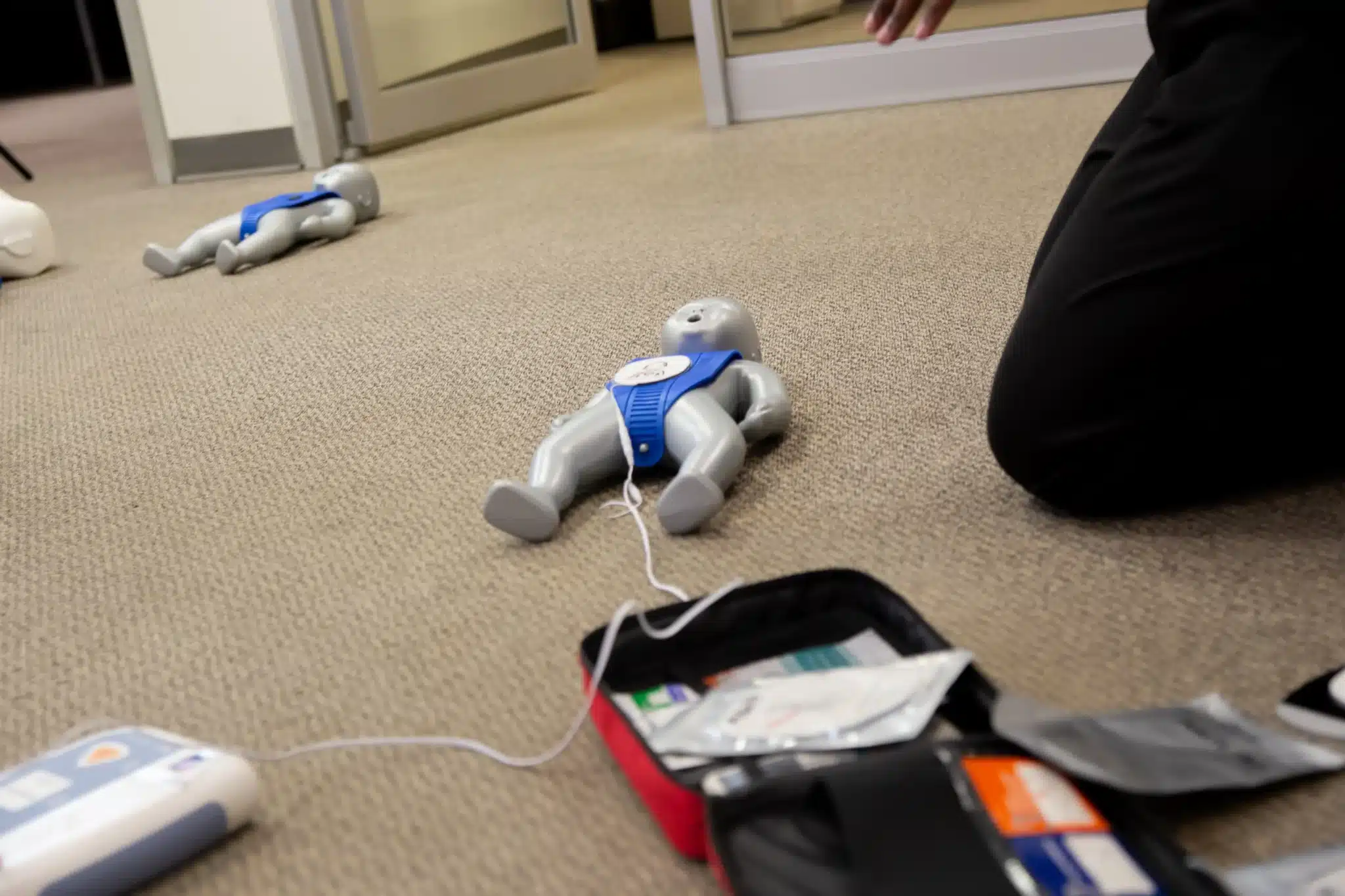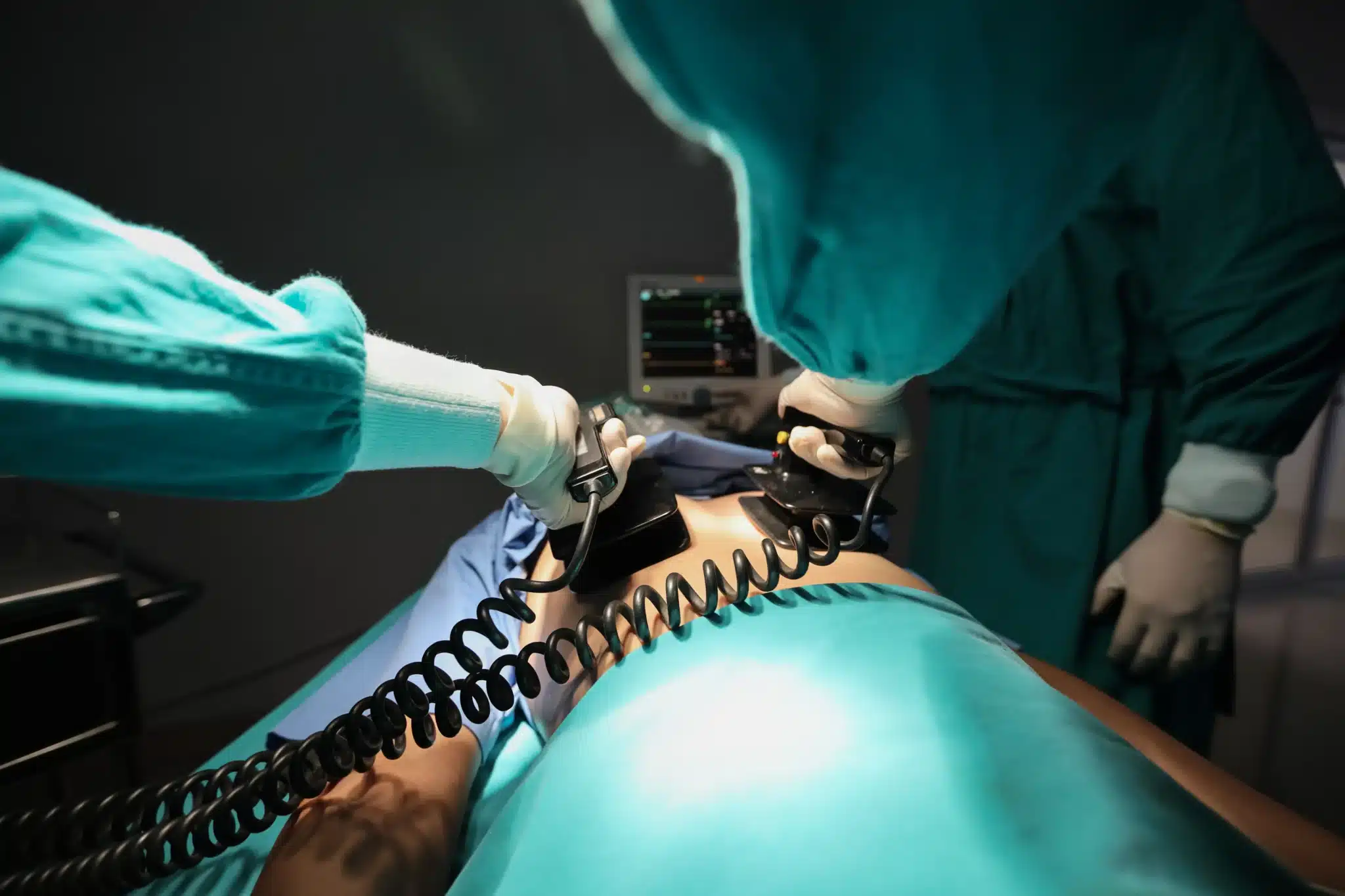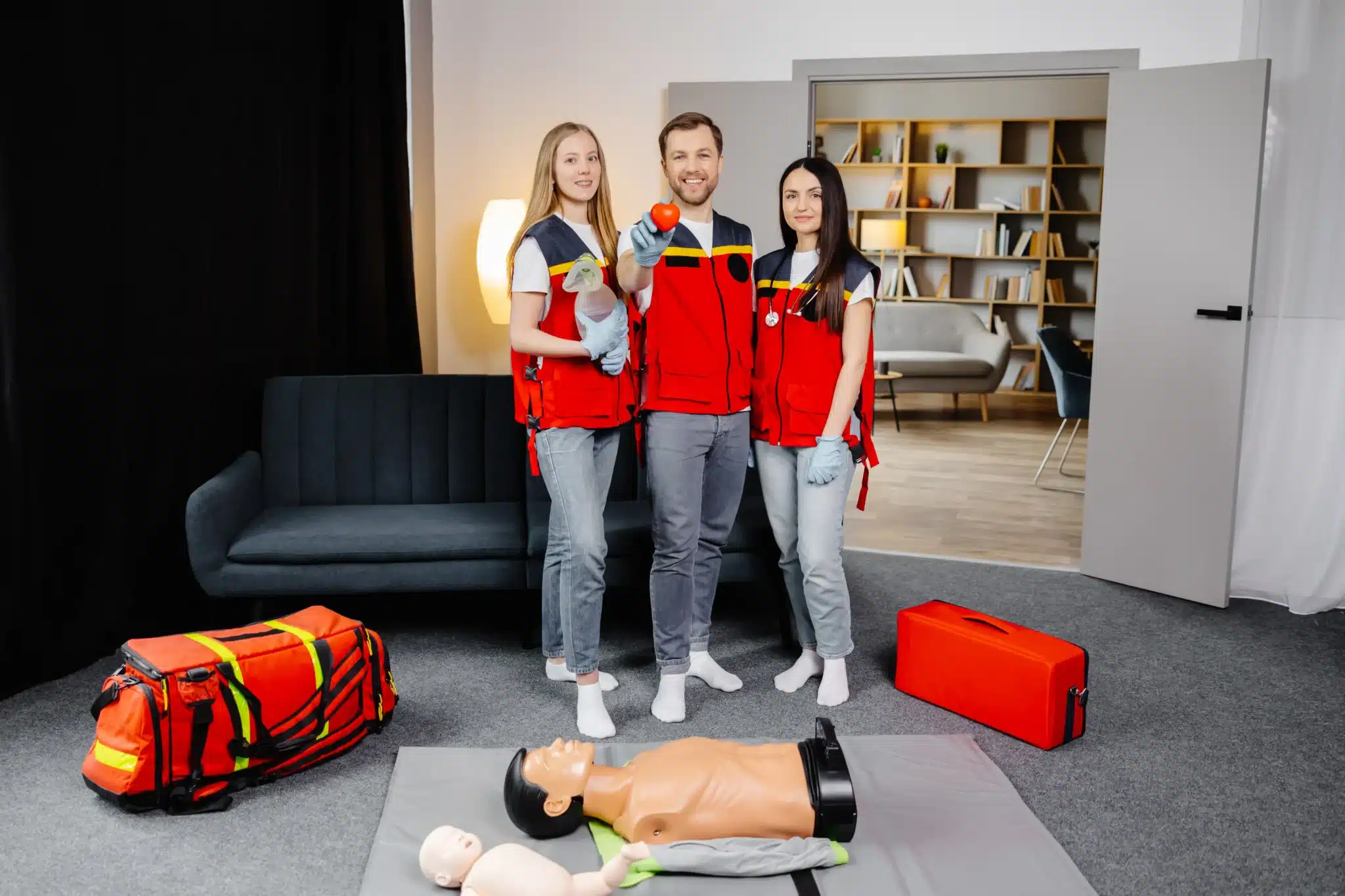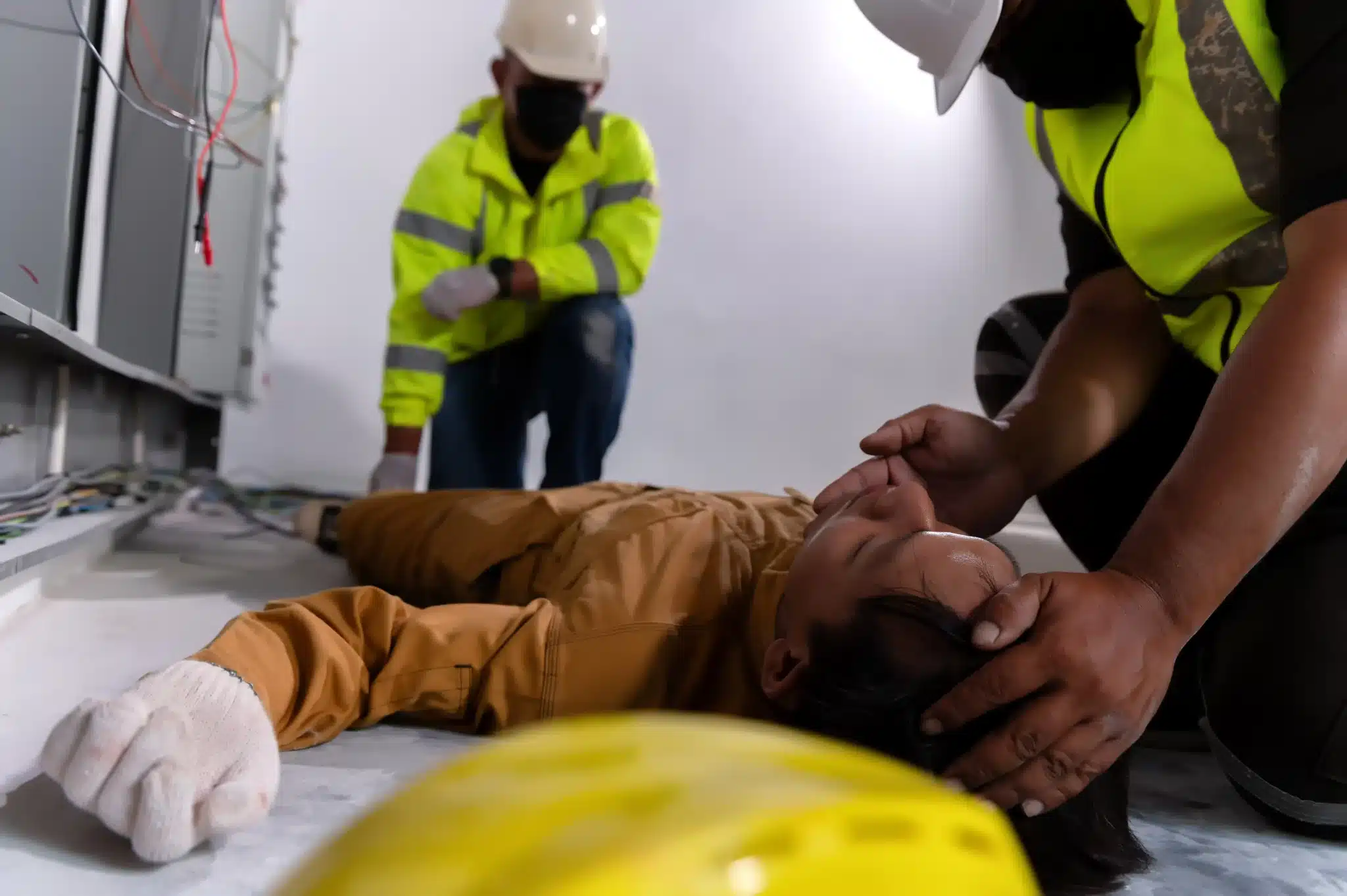Knowing how to respond in a medical emergency can mean the difference between life and death. BLS certification equips you with the skills to provide immediate, life-saving care in those critical moments. This isn’t just for doctors and nurses; it’s a valuable skill for anyone, from parents and teachers to fitness instructors and office workers. If you’ve been searching for “BLS certification near me,” you’re in the right place. This guide covers everything you need to know about BLS, including what it is, why it’s important, and how to find the right training program for you. We’ll also discuss the costs, the different learning formats, and how to make the most of your certification.
Key Takeaways
- BLS certification equips you with essential skills to handle life-threatening emergencies. It’s valuable for healthcare professionals and anyone wanting to confidently respond to medical crises. Choose from various learning formats to fit your needs.
- Finding the right BLS course involves researching providers, comparing prices, and considering your learning style. AHA-certified courses ensure high standards. Explore group discounts for teams. Contact providers directly to discuss options.
- Maintain your BLS skills by renewing your certification every two years and considering advanced training. Continuing education ensures you stay up-to-date and prepared for any emergency. Explore advanced certifications to expand your expertise.
What is BLS Certification & Why Do You Need It?
BLS certification focuses on providing immediate care for life-threatening emergencies like heart attacks, strokes, and choking. It goes beyond basic CPR to equip you with the skills to assess a situation, provide ventilation, and use an AED. It’s about recognizing when someone needs help and knowing exactly what to do.
What BLS Covers
BLS (Basic Life Support) covers core life-saving techniques, including adult, child, and infant CPR, how to relieve choking, and the proper use of an AED. BLS also emphasizes teamwork and clear communication—vital skills in high-pressure emergency situations. It differs from standard CPR training by including more advanced airway management and other specialized techniques. For a deeper dive into the specifics of BLS, the American Heart Association BLS course offers comprehensive training.
Who Needs BLS
BLS certification is essential for healthcare professionals like doctors, nurses, paramedics, and other first responders. It’s often a requirement for medical licenses and demonstrates a commitment to providing high-quality patient care. Many healthcare settings require BLS certification as a condition of employment. While not always mandatory outside of healthcare, BLS training is valuable for anyone working in education, childcare, or fitness. Consider it a smart choice if you want to be prepared for any emergency. For those in Northern California, this CPR directory can help you find training options.
How You’ll Use BLS Skills
BLS training goes beyond technical skills. You’ll learn how to quickly assess a scene, make critical decisions under pressure, and work effectively as part of a team. The curriculum covers everything from recognizing the signs of a heart attack to providing post-resuscitation care. These skills are invaluable in various settings, from hospitals and clinics to schools and community centers. BLS empowers you to confidently respond to emergencies and potentially save lives. If you’re considering BLS training, contact us to learn more about our programs.
Find BLS Certification Near You
Now that you understand the importance of BLS certification, let’s explore how to find a course near you. Several options cater to different learning styles and schedules.
Top Local Providers
AHA Training Centers
American Heart Association (AHA) Training Centers, like Fremont CPR Classes, offer a variety of AHA-certified courses, including BLS, ACLS, and PALS. These centers maintain high standards and provide nationally recognized training.
Hospitals & Medical Centers
Many hospitals and medical centers offer BLS certification courses for both their staff and the public. Check with local hospitals and clinics for available courses.
Colleges & Universities
Colleges and universities often provide BLS, ACLS, PALS, and CPR/First Aid classes to their students and the surrounding community. This can be a convenient and cost-effective option.
Online Platforms
Online BLS courses offer flexibility for busy professionals, allowing you to complete the training at your own pace. However, ensure the program you choose meets AHA guidelines. This article on BLS recertification requirements discusses the challenges and benefits of online recertification.
Check Provider Quality & Reputation
Before registering for any BLS course, research the training provider. Look for reviews and testimonials to ensure they offer high-quality instruction and materials. A provider’s reputation is important, so choose one with a proven track record.
Fremont CPR Classes: Your Local Experts
If you’re in the Fremont, Newark, or San Jose area, Fremont CPR Classes is a woman-owned, local AHA Training Center offering a range of life-saving courses. They also offer group discounts, making them a cost-effective choice for businesses and organizations. For a broader view of CPR training options in Northern California, check out their comprehensive directory. Have questions? Reach out through their contact page.
Choose the Right BLS Training
Finding the right BLS training is easier than you think. With several different learning formats, you can choose the best option for your schedule and learning style. Let’s break down the pros and cons of each BLS class format.
In-Person: Hands-On Learning
In-person BLS training gives you immediate feedback from a certified instructor. This format is ideal for those who learn best in a traditional classroom setting and value hands-on practice. The face-to-face interaction allows you to ask questions and work through scenarios with your instructor and classmates. For many, in-person training provides a more engaging learning experience. Fremont CPR Classes offers in-person BLS training for those seeking hands-on learning.
Online: Flexibility & Convenience
If your schedule is packed or you prefer learning at your own pace, an online BLS course might be a good fit. Online learning offers flexibility and convenience, allowing you to complete the coursework from anywhere with a reliable internet connection. This format is especially helpful for healthcare professionals juggling busy schedules. Many online courses offer a blended learning approach, combining online modules with in-person skills sessions. The American Red Cross is one example of a provider offering this blended learning style.
Hybrid: Best of Both Worlds
Hybrid courses combine online learning with in-person skills sessions. You’ll typically complete the coursework online, then attend an in-person session to practice techniques and get certified. This format offers the flexibility of online learning while still providing crucial hands-on training. It’s a great option if you want the convenience of online learning with the added benefit of personalized instruction.
Pick the Best Format for You
The best BLS training format depends on your individual needs. Consider your learning style, schedule, and budget when making your decision. If you thrive in interactive settings and appreciate immediate feedback, in-person training might be best. If you need flexibility and prefer self-paced learning, explore online or hybrid options. Contact a local provider like Fremont CPR Classes to discuss the best format for you. They can answer your questions and help you find the perfect BLS course.
BLS Certification: Costs & Registration
Typical Prices & Discounts
BLS certification costs vary, so comparing prices from a few different providers is a good idea. Some organizations, like the BLS Test Center, might offer CPR/AED/First Aid certification for around $25 and BLS certification for around $35. Others, like the American Red Cross, sometimes offer discounts on training materials—like 10% off emergency preparedness supplies or free shipping on books and DVDs. Look for these deals to help you save on training costs. At Fremont CPR Classes, our BLS course is competitively priced. Contact us for the latest pricing information and any available discounts. We also offer group discounts for businesses and organizations.
Register for a BLS Course
Registering for a BLS course is usually simple. Many providers, including CPR Certification Memphis, let you sign up online through their website’s calendar. Phone registration is often an option, too. In-person classes are typically available in multiple locations, and many providers offer on-site group training for offices or other organizations. If you have a busy schedule, online BLS courses are a convenient alternative. These often include an in-person skills check component to verify your proficiency. You can find more information on our BLS course page.
Prepare for Your BLS Training
Preparing for your BLS training is often easier than you think. Online courses frequently use interactive modules, allowing you to learn at your own pace. The American Red Cross, for instance, gives you two years of access to course materials, including a free digital BLS participant’s manual. This provides ample time to review and learn the material.
Group & Corporate Discounts
If you’re coordinating training for a group, check out group and corporate discounts. Many training centers offer lower rates for these classes, making it a cost-effective way to train your team. Plus, providers like the Red Cross can often tailor group classes to your organization’s specific requirements, including local protocols. Contact us at Fremont CPR Classes to discuss group discounts and customized training options for your team.
Make the Most of Your BLS Certification
So, you’re ready to pursue your BLS certification—fantastic! This section covers everything from what to expect in your course to keeping your skills sharp throughout your career. Let’s get started.
What to Expect in Your BLS Course
Your BLS course will equip you with the fundamental skills to respond to life-threatening emergencies. You’ll learn adult, child, and infant CPR, how to use an AED, and how to relieve airway obstructions. The course also covers other critical emergency procedures for healthcare providers. Hands-on practice and demonstrations are a key part of developing these essential skills. Check out our American Heart Association BLS course for more details.
Get Certified
Finding the right training center is important. Look for organizations offering American Heart Association (AHA)-certified courses. AHA certification ensures your training meets the highest standards. A good training center will also offer a supportive learning environment and provide prompt certification. This way, you can confidently put your new skills to use. Our CPR classes are designed with these principles in mind. We also offer group discounts for businesses and organizations.
Renew Your Certification
BLS certification is typically valid for two years. To maintain your credentials and stay up-to-date on the latest guidelines, you’ll need to take a recertification course. These courses are designed for those with current certifications or certifications expiring within 30 days. Plan and schedule your renewal to avoid any lapse in your certification. You can also explore other CPR training options in Northern California using our CPR directory.
Continuing Education & Advanced Certifications
BLS certification is a great foundation, but there’s always room to grow. Healthcare professionals can expand their skill set with advanced certifications like ACLS (Advanced Cardiovascular Life Support) and PALS (Pediatric Advanced Life Support). These certifications delve deeper into managing complex cardiovascular and pediatric emergencies. Consider these options to further your expertise and provide even better care. We offer a range of advanced courses, so feel free to contact us to discuss your options.
Related Articles
- BLS Recertification Near Me: Your Complete Guide – Fremont CPR Classes
- BLS Certification in San Jose: The Complete Guide – Fremont CPR Classes
- BLS Courses in San Jose: Your Complete Guide – Fremont CPR Classes
- BLS for Healthcare Providers in Newark: A Complete Guide – Fremont CPR Classes
- BLS HeartCode San Jose: Your Certification Guide – Fremont CPR Classes
Frequently Asked Questions
What’s the difference between CPR and BLS? CPR is a core component of BLS, but BLS goes further. Think of BLS as CPR plus essential skills for healthcare providers. BLS includes a deeper understanding of airway management, ventilation techniques, and how to work effectively within a medical team. It also covers how to use an AED and other specialized equipment.
How long does BLS certification last, and how do I renew it? BLS certification is typically valid for two years. To renew, you’ll need to take a recertification course before your current certification expires. Recertification courses cover the latest guidelines and ensure your skills are up-to-date.
What if I don’t work in healthcare? Is BLS still beneficial? Absolutely! While BLS is crucial for healthcare professionals, it’s a valuable skill for anyone. Knowing how to respond to emergencies like heart attacks, strokes, or choking can make a real difference in any setting, from the workplace to your own home. It empowers you to act quickly and confidently in a crisis.
What can I expect during a BLS course? Expect a mix of interactive learning, demonstrations, and hands-on practice. You’ll learn the essential skills to provide basic life support, including CPR, using an AED, and relieving choking. You’ll also practice these skills in simulated scenarios to build your confidence and prepare you for real-world emergencies.
How do I choose the right BLS course format for me? Consider your learning style and schedule. In-person classes offer direct interaction with instructors and hands-on practice. Online courses provide flexibility for busy schedules, allowing you to learn at your own pace. Hybrid courses combine the best of both worlds, offering online learning with in-person skills sessions. Think about what works best for you and choose accordingly.
